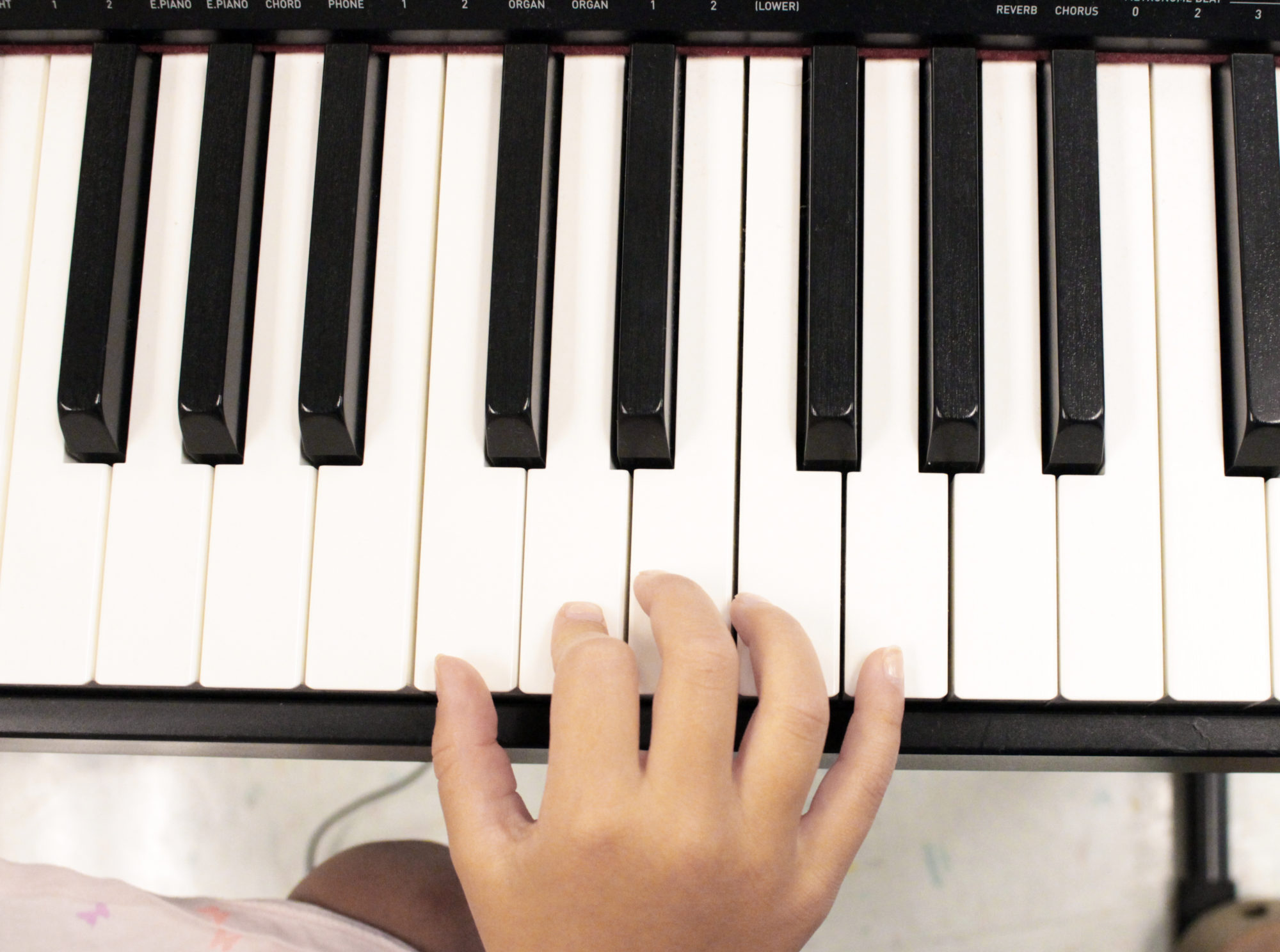Play the video below for a tutorial on creating a bibliography using Bibme.org.
Jazz in Queens, N.Y. Research Project
6th Grade Project
Our own borough of Queens, holds a very important place in Jazz history.
This project requires you to research, document and present an aspect of Jazz history in Queens, N.Y. This can be an investigation of one of the many jazz artists that have a connection to our venerable borough, or one of the places that hold significance. You also can connect the information your research uncovers to current day artists or musicians.
Each project should start by explaining the topic, (artist, place) and the connection it has to Queens, N.Y. The body of the project can be about the topic as a whole, but the connection should be clear.
For a tutorial on how to create a bibliography, check this post, which includes a tutorial video.
See this website for a wonderful and well known poster called, “The Queens Jazz Trail” that documents many of the Jazz musicians that have lived here and the places that are important in the history of Jazz:
More resources:
- http://newyork.cbslocal.com/guide/a-look-at-the-historic-queens-jazz-trail/
- http://forgotten-ny.com/2002/11/st-albans-jazz-greats-queens/
- http://queens.about.com/od/jazzmusiciansofqueens/
- https://www.louisarmstronghouse.org/
Standards Covered
If you think you’re done with your project, go through this list and see if there is anything you might add to address one of the standards.
Song Writing Project
Using the Song Writing Worksheet, which you can download below, use the I, IV, V, and vi chords to develop a chord progression pattern for your song.
Here are the steps:
- Choose a key in which the I, IV, V and vi chords are comfortable for you to play on your chosen instrument.
- Don’t be too worried about the key, since you can change it at a later time using the chart, just make sure you’re comfortable enough with it to be able to play the chords without too much effort.
- Decide upon a main idea for your song.
- This can be a topic for which you will write words/lyrics or a melody.
- Once you have a main idea, start forming verses.
- Think in terms of forming sections like verse, chorus, bridge.
- Decide which order you want to put the chords in.
- You can try out different patterns and combinations without even having an instrument using a website called drumbot.
- Here is a link: http://www.drumbot.com/projects/key_chords/
- You may have to try it several times by rearranging the chords to make sure that they sound good with the melody and words that you came up with.
- Don’t forget that you are expressing not only an idea but a feeling, so the chords and harmony are what really get the feeling across. Most of the time the words are getting the idea across so work on it until it sounds right.
- You can try out different patterns and combinations without even having an instrument using a website called drumbot.
- Put it together!
- Play the song and sing the words or play the melody to finalize your composition as a whole.
- Remember that you will be composing your song finally, in GarageBand. That means that you will be able to play more than one instrument at a time because you will be able to layer the sounds on top of each other.
Here are some materials that will be useful for you for this project.
[pdf https://dl.dropboxusercontent.com/u/17823174/Music%20Resources/Song%20Writing%20Worksheet.pdf 450 600]
[pdf https://dl.dropboxusercontent.com/u/17823174/Music%20Resources/Key%20Transposition%20Poster.pdf 450 300]
12 Bar Blues / Johnny B. Goode
The 12 bar blues is a musical form which is made up of three chords and 12 measures. It is used in a lot of really cool music and is considered to be the form that rock and roll was built on. One famous tune that uses this form is Johnny B. Goode, by Chuck Berry.
Here is the 12 bar blues in the key of A.
[pdf https://dl.dropboxusercontent.com/u/17823174/Music%20Resources/12%20Bar%20Blues%20in%20A.pdf 100% 900]
Johnny B. Goode Lyrics:
Deep down in Louisiana close to New Orleans,
Way back up in the woods among the evergreens
There stood a log cabin made of earth and wood,
Where lived a country boy named Johnny B. Goode
He never ever learned to read or write so well,
But he could play the guitar just like ringing a bell.[Chorus:]
Go
Go Johnny Go Go
Go Johnny Go Go Go
Go Johnny Go Go
Johnny B. GoodeHe use to carry his guitar in a gunny sack
and sit beneath the trees by the railroad track.
The engineers could see him sitting in the shade,
Strumming with the rhythm that the drivers made.
The people passing by, you know they’d stop and say,
“Oh my, but that little country boy can play”[Chorus]
His mother told him someday you will be a man,
And you will be the leader of a big old band.
Many people coming from miles around
To hear you play your music ’till the sun goes down
Maybe someday your name will be in lights
Saying Johnny B. Goode tonight.[Chorus]
Ain’t Misbehavin’
Here are the words and chords to the famous song by Thomas ‘Fats’ Waller.
[pdf https://dl.dropboxusercontent.com/u/17823174/Music%20Resources/ain%27t%20misbehavin.pdf 100% 700]
